As blockchain technology revolutionizes finance, its environmental impact has become a growing concern. Bitcoin alone consumes more electricity than some countries, raising questions about sustainability in the crypto space. Fortunately, a new wave of eco-friendly cryptocurrencies is emerging, offering digital value without devastating the planet. This comprehensive analysis explores blockchain’s carbon footprint and evaluates the most promising sustainable cryptocurrency alternatives for environmentally conscious investors.
Understanding Blockchain’s Environmental Impact
The environmental footprint of blockchain technology stems primarily from its energy-intensive consensus mechanisms, particularly Proof-of-Work (PoW). This system requires miners to solve complex mathematical problems, consuming substantial computational power and electricity.
The Scale of the Problem
Bitcoin’s energy consumption has reached alarming levels, using an estimated 150 terawatt-hours annually—more than many countries. This massive energy usage translates to significant carbon emissions, especially when powered by fossil fuels. Additionally, mining hardware requires considerable resources to manufacture and generates electronic waste when obsolete.
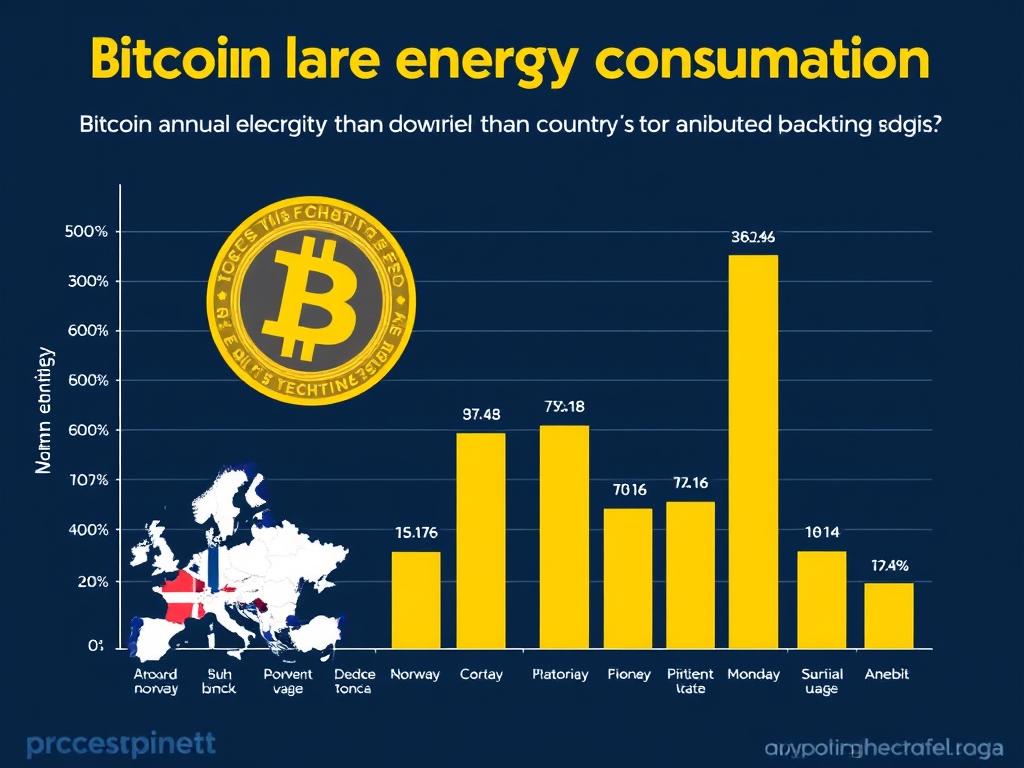
Beyond Energy: Additional Environmental Concerns
The environmental impact extends beyond energy consumption. Mining operations generate significant electronic waste as specialized hardware becomes obsolete. Water usage for cooling mining facilities and the carbon footprint of manufacturing mining equipment further contribute to blockchain’s environmental toll.
The conventional Proof-of-Work consensus mechanism demands high-powered computing, resulting in massive carbon emissions, electronic waste, and unsustainable energy consumption.
Proof-of-Work vs. Proof-of-Stake: Energy Efficiency Comparison
Understanding the fundamental differences between consensus mechanisms is crucial for evaluating sustainable cryptocurrency alternatives. The two dominant approaches—Proof-of-Work and Proof-of-Stake—differ dramatically in their energy requirements and environmental impact.
Proof-of-Work (PoW)
The original consensus mechanism used by Bitcoin and initially by Ethereum requires miners to solve complex mathematical puzzles. This process:
- Consumes massive amounts of electricity
- Requires specialized, resource-intensive hardware
- Creates significant electronic waste
- Scales energy usage with network growth
A single Bitcoin transaction can consume as much energy as a U.S. household uses in 2.8 days.
Proof-of-Stake (PoS)
This alternative approach selects validators based on the number of coins they’re willing to “stake” as collateral. This system:
- Reduces energy consumption by 99.95% compared to PoW
- Eliminates the need for energy-intensive mining
- Requires minimal hardware resources
- Maintains security through economic incentives
A transaction on a PoS network typically uses energy equivalent to running a TV for 20 minutes.
| Metric | Proof-of-Work (Bitcoin) | Proof-of-Stake (Ethereum 2.0) | Reduction |
| Energy per Transaction | ~1,173 kWh | ~0.0026 kWh | 99.9998% |
| Annual Energy Consumption | ~150 TWh | ~0.01 TWh | 99.99% |
| Carbon Footprint | ~65 million tons CO₂ | ~870 tons CO₂ | 99.999% |
| Hardware Requirements | Specialized ASIC miners | Standard computers | Significant |
Evaluating Sustainable Cryptocurrency Alternatives
The growing concern over blockchain’s environmental impact has spurred the development of more eco-friendly cryptocurrencies. These sustainable cryptocurrency alternatives employ various approaches to minimize energy consumption while maintaining security and functionality.
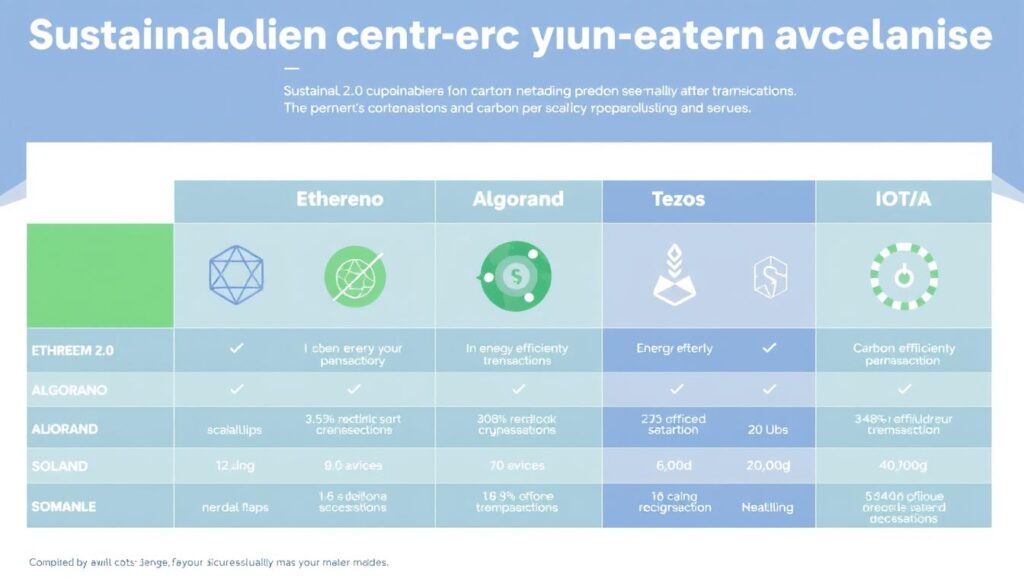
1. Ethereum 2.0 (ETH)
Ethereum’s transition from Proof-of-Work to Proof-of-Stake in 2022 (known as “The Merge”) marked a pivotal shift in the cryptocurrency landscape. This upgrade reduced Ethereum’s energy consumption by an astounding 99.95%, transforming it from an energy-intensive network to one of the most sustainable cryptocurrency alternatives.
Ethereum 2.0 Key Metrics
- Energy per Transaction: 0.0026 kWh
- Consensus Mechanism: Proof-of-Stake
- Transaction Speed: Up to 100,000 TPS (projected)
- Market Cap: $430 billion
- Carbon Reduction: 99.95% vs. ETH 1.0

2. Cardano (ADA)
Created by Ethereum co-founder Charles Hoskinson, Cardano is widely regarded as the gold standard for green cryptocurrency. Its Proof-of-Stake consensus mechanism, called Ouroboros, allows it to process transactions efficiently with minimal environmental impact, making it one of the most energy-efficient cryptocurrencies available.
Cardano Key Metrics
- Energy per Transaction: 0.05159 kWh
- Consensus Mechanism: Ouroboros Proof-of-Stake
- Transaction Speed: 1,000 TPS
- Market Cap: $16 billion
- Energy Comparison: 1.6 million times less energy than Bitcoin
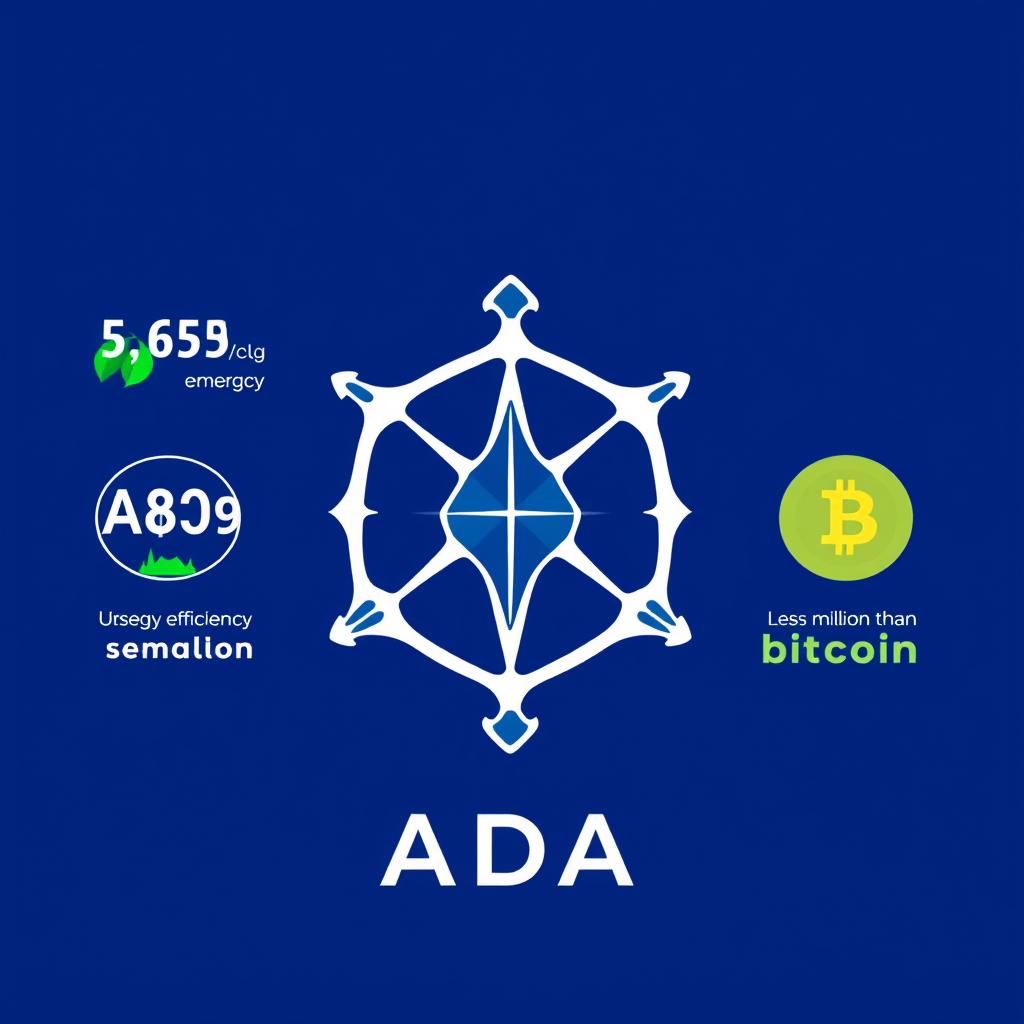
3. Algorand (ALGO)
Algorand stands out as one of the most environmentally friendly cryptocurrencies, offering a unique blend of energy efficiency and scalability. Its sustainable design is built around the Pure Proof-of-Stake (PPoS) consensus mechanism, which consumes far less energy than traditional systems while maintaining robust security.
Algorand Key Metrics
- Energy per Transaction: 0.000008 kWh
- Consensus Mechanism: Pure Proof-of-Stake
- Transaction Speed: 6,000 TPS
- Market Cap: $2.5 billion
- Carbon Status: Carbon-negative (offsets via smart contracts)
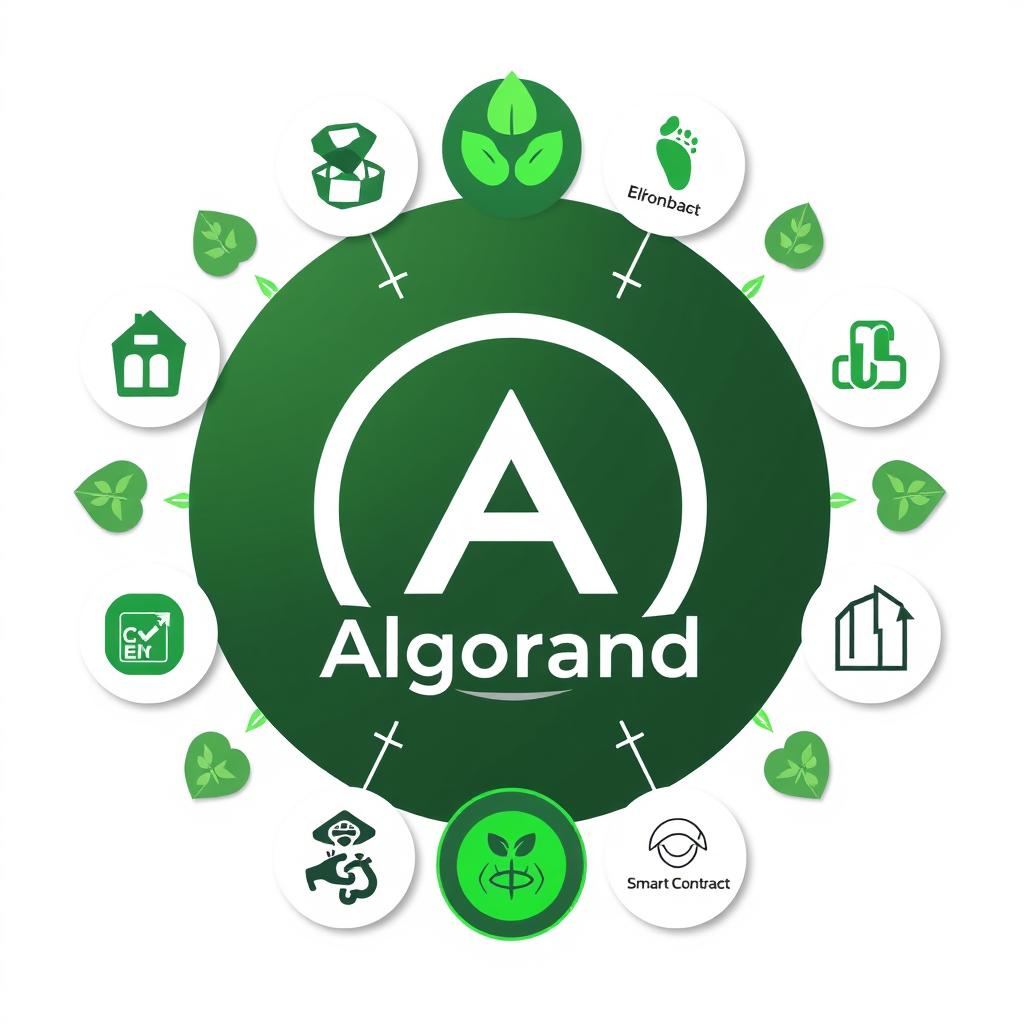
4. Solana (SOL)
Solana is a proof-of-stake blockchain with smart contract functionality that first achieved carbon neutrality in 2021. It combines its proof-of-stake model with an innovative proof-of-history protocol, enabling impressive processing speeds and energy efficiency that make it a standout among sustainable cryptocurrency alternatives.
Solana Key Metrics
- Energy per Transaction: 0.00051 kWh
- Consensus Mechanism: Proof-of-Stake + Proof-of-History
- Transaction Speed: 65,000 TPS
- Market Cap: $29 billion
- Transaction Fees: $0.00025 average
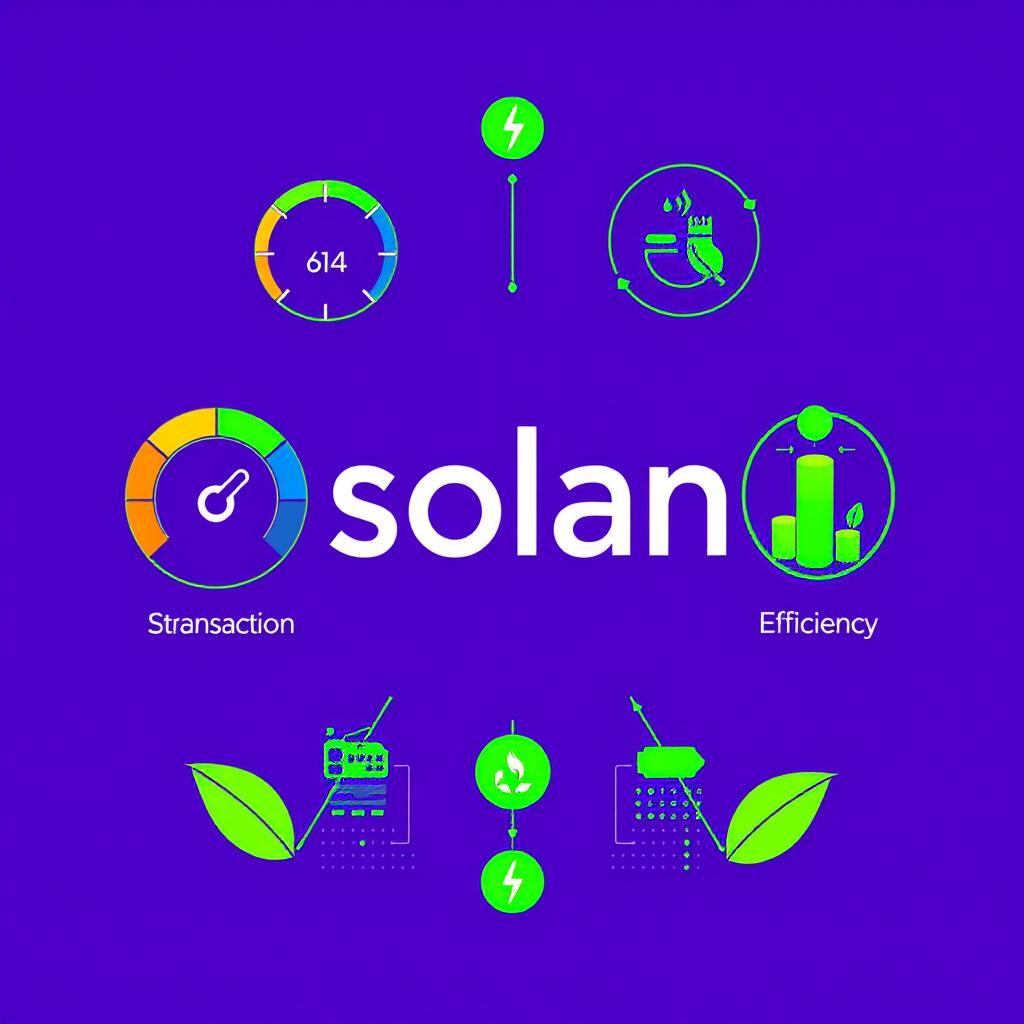
Want to Make Informed Sustainable Crypto Investments?
Download our comprehensive guide to eco-friendly cryptocurrency investing. Get detailed analysis, investment strategies, and tools to measure the environmental impact of your crypto portfolio.
5. Tezos (XTZ)
Tezos is recognized as one of the most energy-efficient cryptocurrencies, largely due to its use of the Liquid Proof-of-Stake consensus mechanism. By replacing energy-hungry mining with staking, the project significantly reduces its environmental footprint compared to traditional cryptocurrencies.
Tezos Key Metrics
- Energy per Transaction: 0.04145 kWh
- Consensus Mechanism: Liquid Proof-of-Stake
- Transaction Speed: 52 TPS
- Market Cap: $1.2 billion
- Annual Energy Consumption: 128 MWh
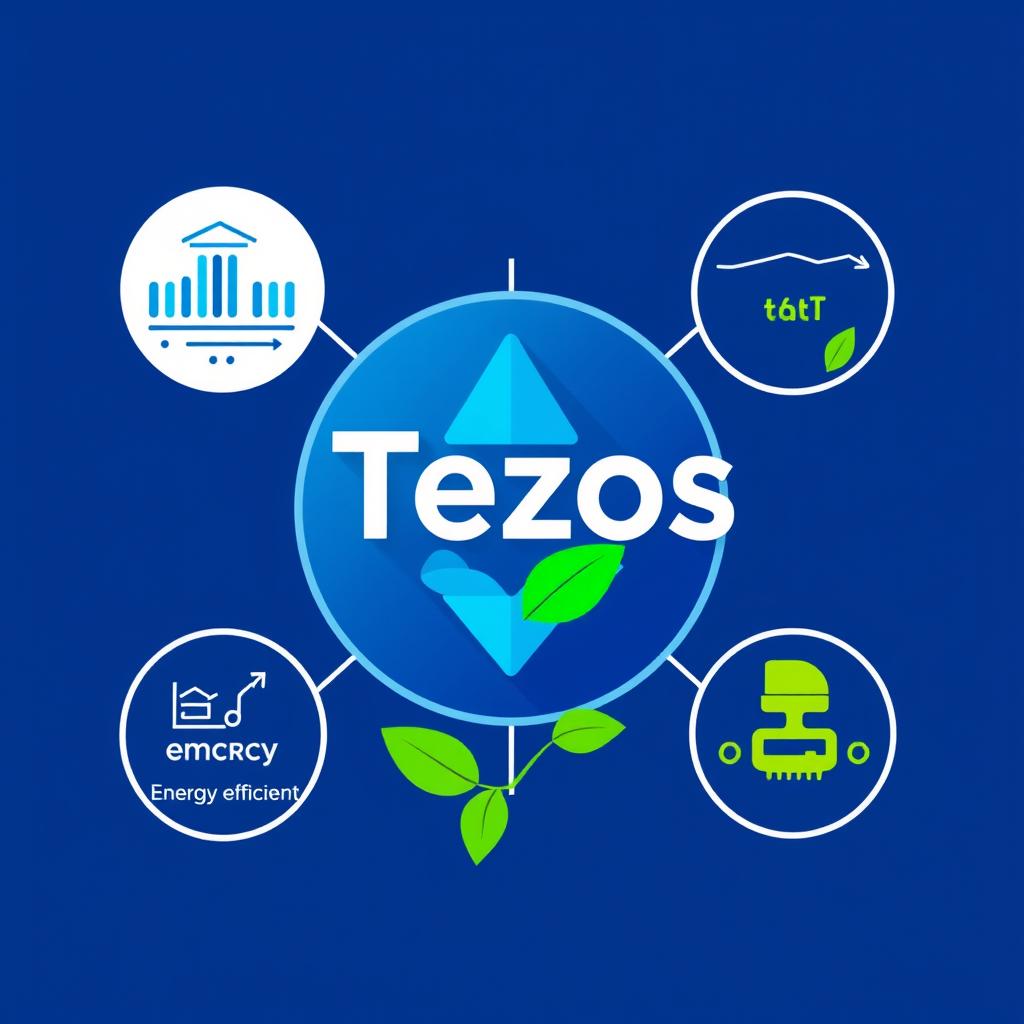
6. IOTA (MIOTA)
IOTA takes a unique approach to cryptocurrency by leveraging its Tangle technology, a Directed Acyclic Graph (DAG) algorithm, to achieve high energy efficiency. Unlike traditional blockchain networks, IOTA’s structure eliminates the need for miners, significantly reducing energy consumption while enabling fee-less transactions.
IOTA Key Metrics
- Energy per Transaction: 0.11 kWh
- Consensus Mechanism: Directed Acyclic Graph (Tangle)
- Transaction Speed: 1,000+ TPS
- Market Cap: $700 million
- Transaction Fees: Zero (fee-less)
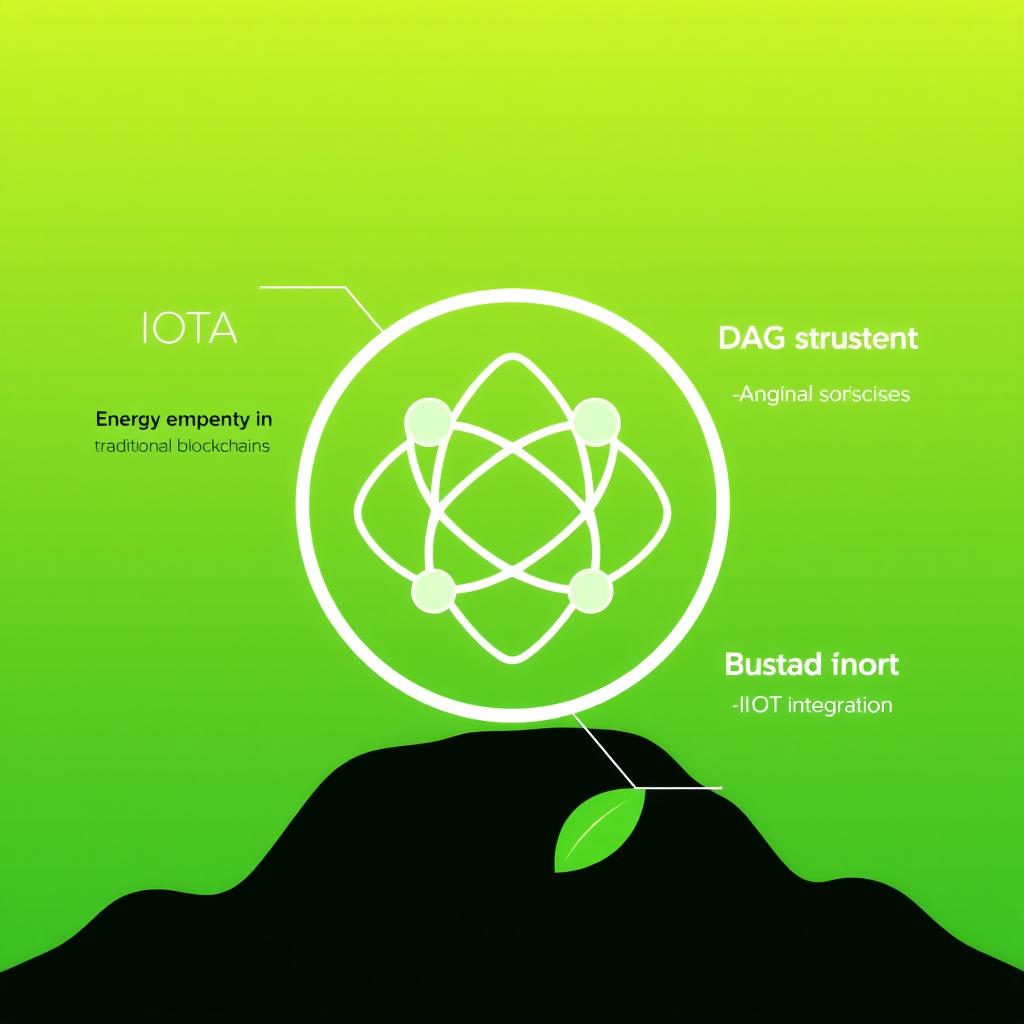
Comparative Analysis of Sustainable Cryptocurrency Alternatives
| Cryptocurrency | Energy per Transaction (kWh) | Transactions per Second | Market Cap (USD) | Consensus Mechanism | Carbon Status |
| Bitcoin (for comparison) | 1,173 | 7 | $1.2 trillion | Proof-of-Work | High emissions |
| Ethereum 2.0 | 0.0026 | Up to 100,000 | $430 billion | Proof-of-Stake | Low emissions |
| Cardano | 0.05159 | 1,000 | $16 billion | Ouroboros PoS | Very low emissions |
| Algorand | 0.000008 | 6,000 | $2.5 billion | Pure PoS | Carbon-negative |
| Solana | 0.00051 | 65,000 | $29 billion | PoS + PoH | Carbon-neutral |
| Tezos | 0.04145 | 52 | $1.2 billion | Liquid PoS | Low emissions |
| IOTA | 0.11 | 1,000+ | $700 million | Tangle (DAG) | Low emissions |
Emerging Green Blockchain Innovations
Beyond the established sustainable cryptocurrency alternatives, the blockchain space is witnessing innovative approaches to environmental sustainability. These emerging technologies and projects are pushing the boundaries of what’s possible in creating truly green blockchain solutions.
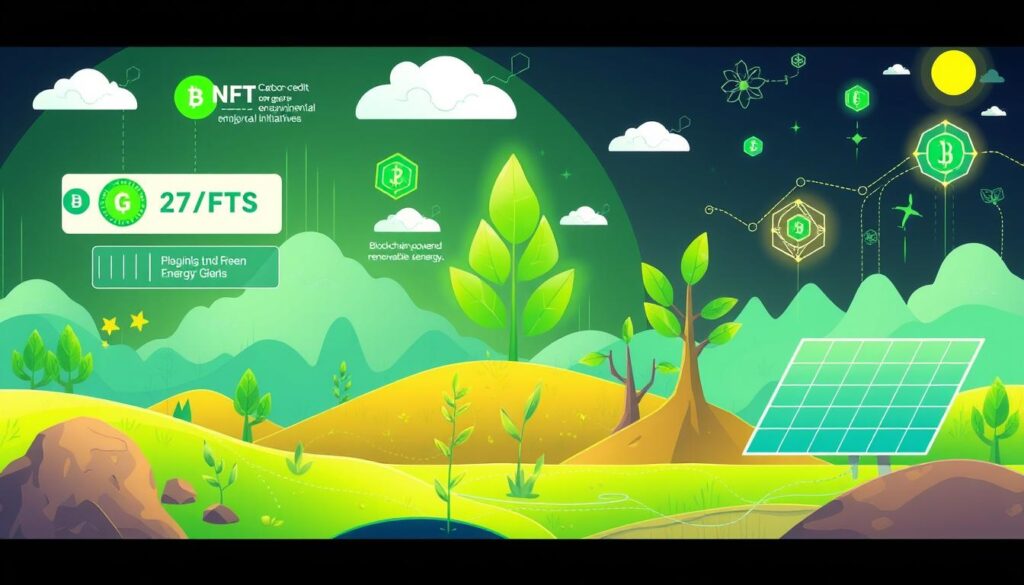
Carbon Credit NFTs and Tokenization
Blockchain technology is revolutionizing the carbon credit market through tokenization. By representing carbon credits as non-fungible tokens (NFTs), these projects create transparent, verifiable systems for carbon offsetting. Each token represents a specific amount of carbon that has been sequestered or prevented from entering the atmosphere.
Leading Carbon Credit Blockchain Projects
- Toucan Protocol: Bridges carbon credits to blockchain, enabling DeFi applications for environmental assets
- Moss.Earth: Tokenizes Amazon rainforest conservation efforts as carbon credits
- Carbon.xyz: Creates a marketplace for carbon credit NFTs with full transparency and traceability
Regenerative Finance (ReFi)
Regenerative Finance (ReFi) represents a paradigm shift in how blockchain technology can address environmental challenges. ReFi projects use tokenomics and decentralized finance mechanisms to fund environmental regeneration and sustainability initiatives.
Regenerative Finance aims to create positive-sum systems where financial returns are directly tied to environmental and social benefits, moving beyond sustainability to actual regeneration of natural systems.
Notable ReFi Projects
- Regen Network: Blockchain platform for ecological data and climate solutions
- Klima DAO: Protocol that backs each KLIMA token with verified carbon offsets
- Gitcoin: Quadratic funding platform with dedicated environmental rounds
Blockchain-Powered Renewable Energy Grids
Innovative projects are leveraging blockchain technology to create more efficient, transparent, and accessible renewable energy markets. These solutions enable peer-to-peer energy trading, renewable energy certificate tracking, and grid optimization.
Blockchain Energy Projects
- Energy Web Token: Open-source blockchain platform specifically designed for the energy sector
- Power Ledger: Enables peer-to-peer trading of renewable energy and environmental commodities
- Grid+: Connects consumers directly to wholesale energy markets using blockchain
Actionable Recommendations for Eco-Conscious Investors
For investors concerned about the environmental impact of their cryptocurrency holdings, there are several practical steps to create a more sustainable portfolio while still participating in the blockchain revolution.
1. Diversify with Green Cryptocurrencies
Allocate a significant portion of your crypto portfolio to proven sustainable cryptocurrency alternatives like Ethereum 2.0, Algorand, and Cardano. These assets offer strong technological foundations with minimal environmental impact.
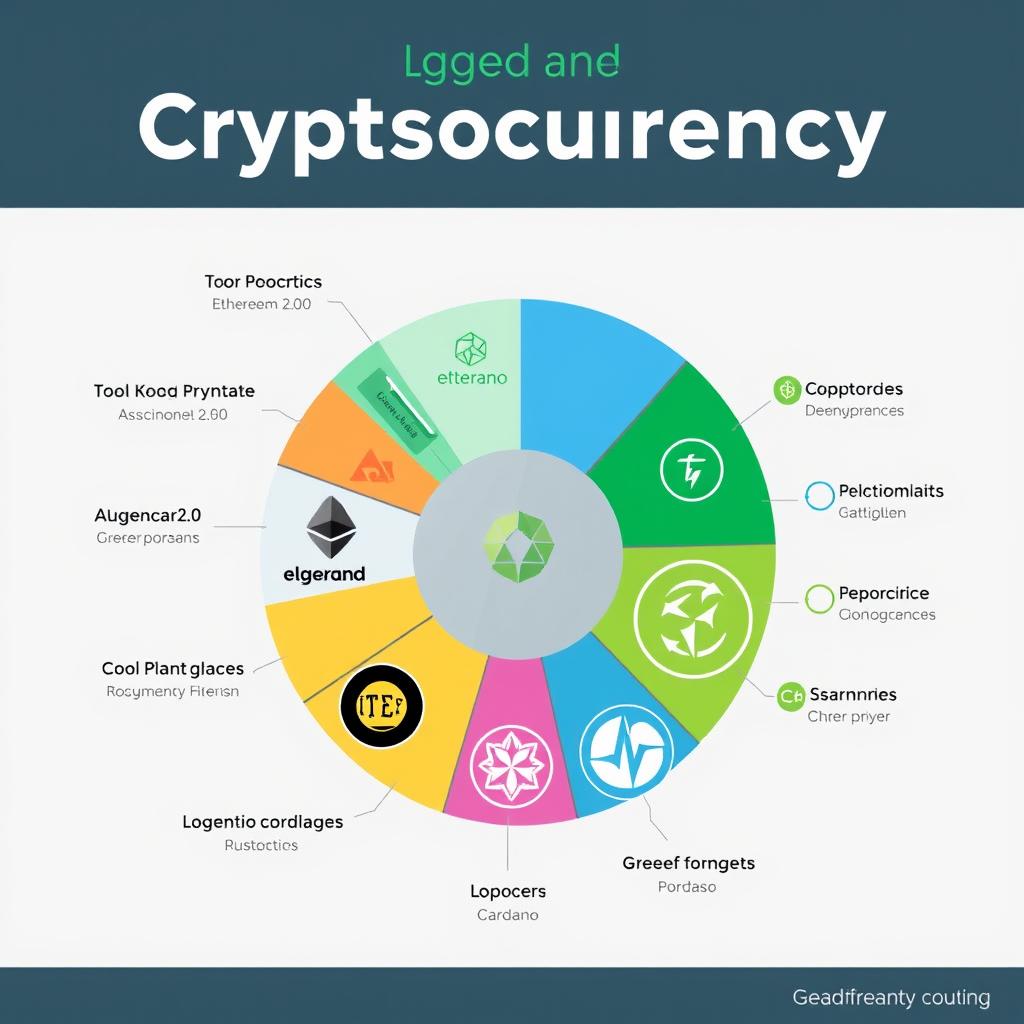
2. Support Carbon-Negative Protocols
Prioritize investments in blockchain projects that go beyond carbon neutrality to actively remove carbon from the atmosphere. Algorand and Klima DAO are examples of protocols with built-in carbon offsetting mechanisms.
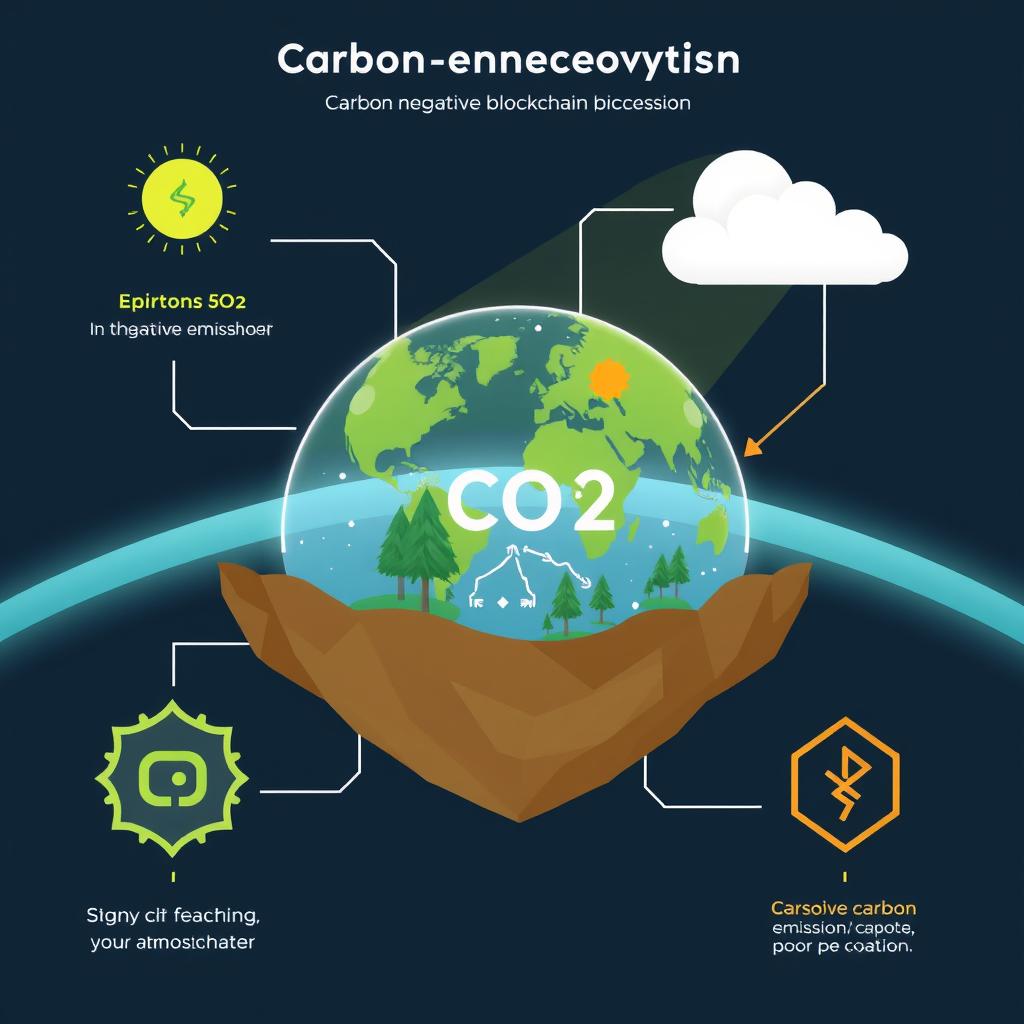
3. Engage with Governance
Many sustainable cryptocurrencies offer governance rights to token holders. Actively participate in governance proposals that further environmental initiatives, energy efficiency improvements, and sustainable practices.
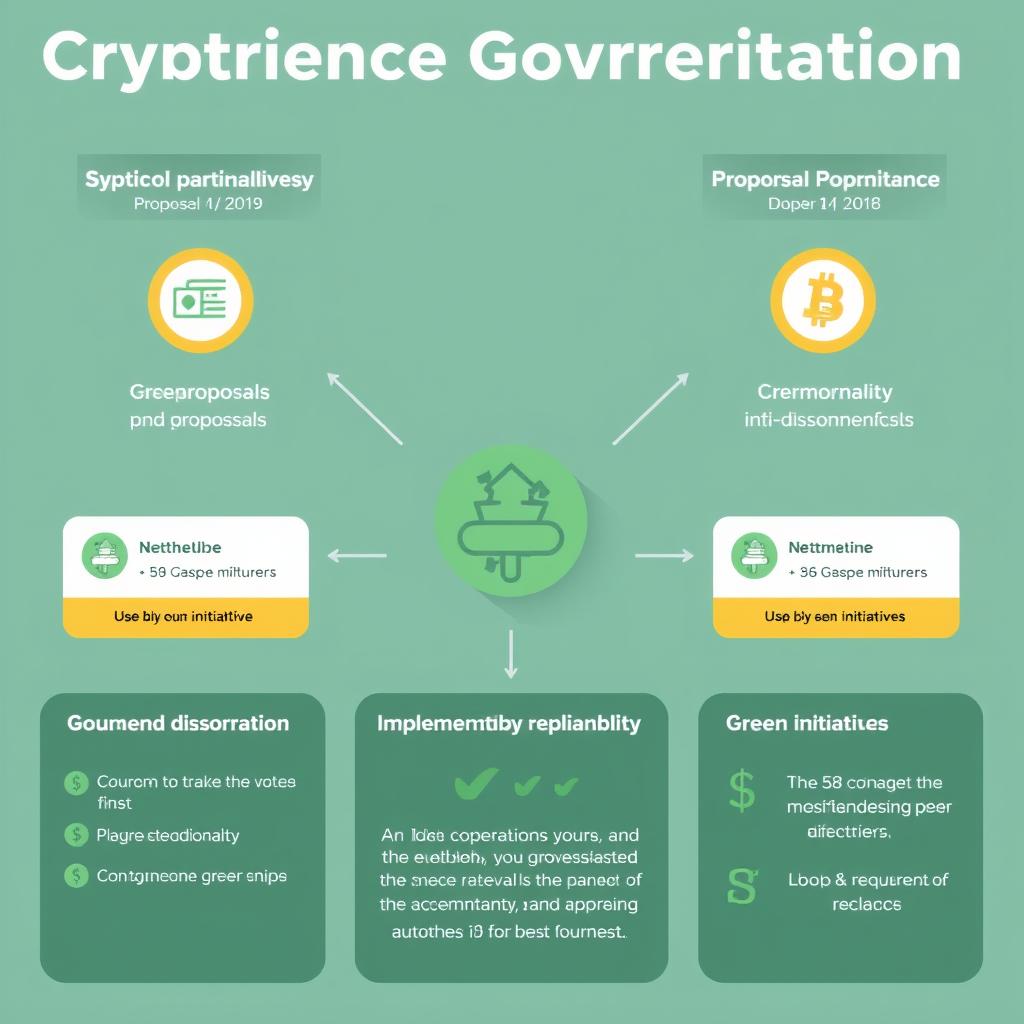
4. Calculate Your Crypto Carbon Footprint
Use specialized tools to measure the environmental impact of your cryptocurrency holdings. Understanding your portfolio’s carbon footprint is the first step toward making more sustainable investment decisions.
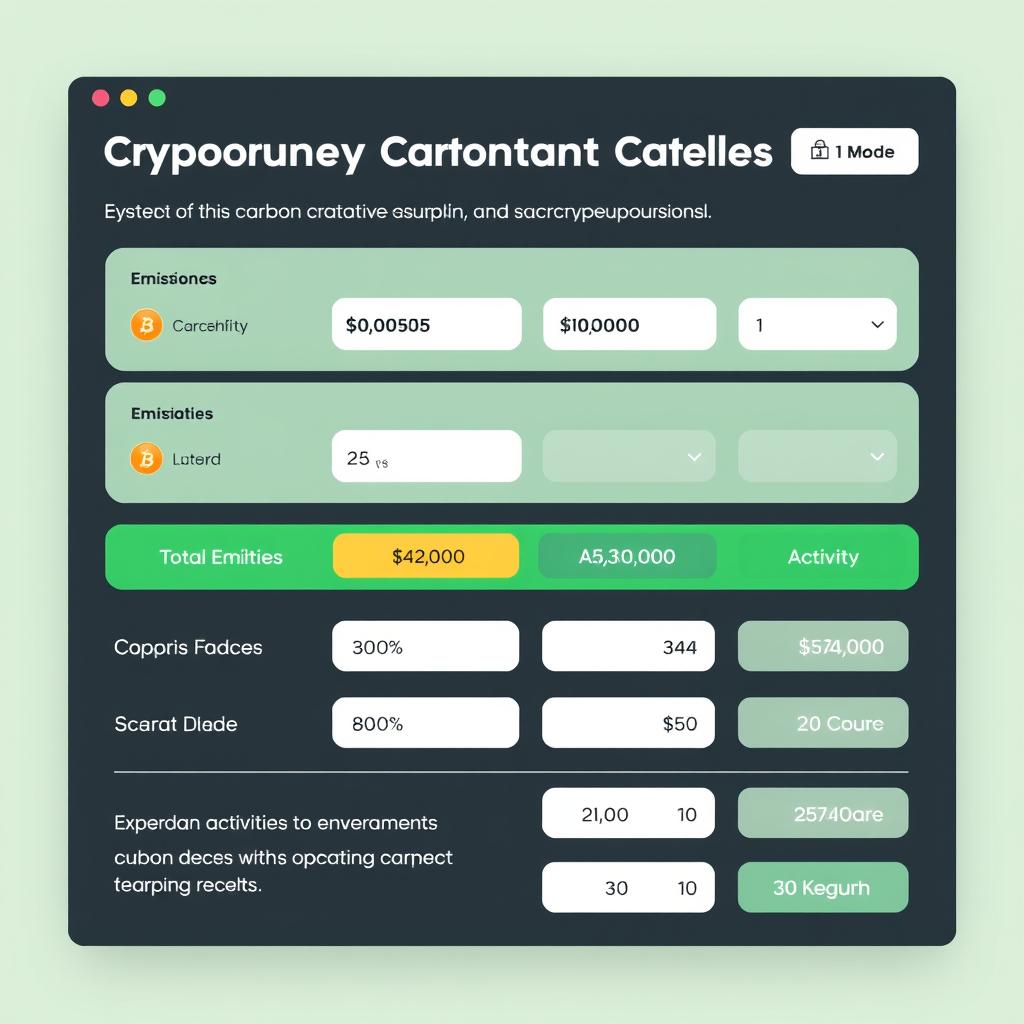
5. Invest in Green Blockchain Infrastructure
Consider supporting companies and projects developing energy-efficient mining hardware, renewable energy mining operations, and sustainable blockchain infrastructure solutions.

6. Offset Your Remaining Impact
For any remaining high-energy cryptocurrencies in your portfolio, consider purchasing carbon offsets or investing in blockchain-based carbon credit projects to neutralize your environmental impact.

Calculate Your Crypto Portfolio’s Carbon Footprint
Our Green Blockchain Carbon Calculator helps you measure the environmental impact of your cryptocurrency investments and identify opportunities to reduce your carbon footprint.
Conclusion: The Future of Sustainable Blockchain
The blockchain industry stands at a critical juncture where environmental sustainability has become not just an ethical consideration but a business imperative. As this analysis has demonstrated, sustainable cryptocurrency alternatives offer viable pathways to harness the transformative power of blockchain technology while minimizing environmental impact.
From Ethereum’s dramatic energy reduction through its transition to Proof-of-Stake, to Algorand’s carbon-negative approach and Cardano’s energy-efficient design, these green cryptocurrencies prove that blockchain innovation and environmental responsibility can coexist. Emerging technologies like carbon credit NFTs and regenerative finance projects further expand the potential for blockchain to become a positive force for environmental change.
For investors, the shift toward sustainable blockchain solutions represents both an ethical choice and a strategic opportunity. As regulatory scrutiny of energy-intensive cryptocurrencies increases and institutional investors prioritize ESG considerations, eco-friendly blockchain projects are likely to gain competitive advantages.
By following the actionable recommendations outlined in this analysis—diversifying with green cryptocurrencies, supporting carbon-negative protocols, engaging with governance, calculating your crypto carbon footprint, investing in sustainable infrastructure, and offsetting remaining impacts—investors can align their blockchain portfolios with environmental values while positioning themselves for the future of sustainable finance.

The future of blockchain lies not in choosing between innovation and sustainability, but in creating systems where they reinforce each other—where the very design of the technology inherently supports environmental goals.

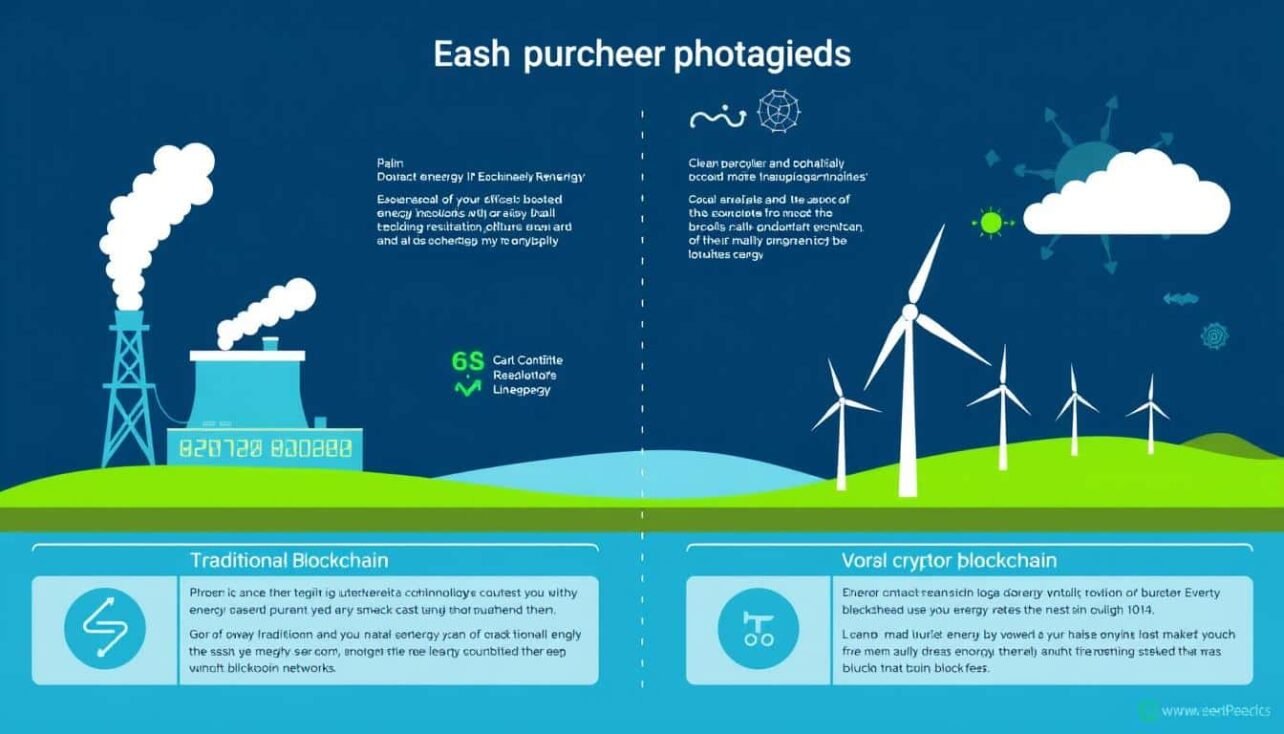
No comments yet